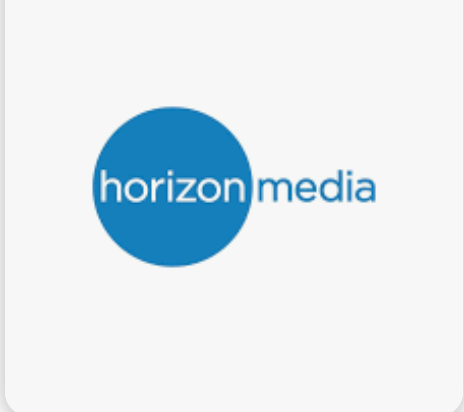Click-through rates just got some competition – dwell rates are the new kids on the block and they appear to be packing some enticing stuff.
Eyeblaster is attempting to launch dwell rates into the sphere of advertising vocabulary.
“Dwell Time is the average number of seconds consumers intentionally spend engaging with an online ad. The metric sums the following user actions: amount of time the mouse was over an ad, user-initiated video duration, user-initiated expansion duration, and any other user-initiated custom interaction duration. Unintentional dwell instances lasting less than one second are excluded,” according to Eyeblaster.
Meanwhile, dwell rate is “the cumulative instances of where a user interacted with the ad divided by served impressions.”
The lack of appropriate metrics is a big annoyance for marketers, according to Gal Trifon, CEO and co-founder of Eyeblaster. However, technology offers a solution, since it “allows us to analyze consumer time spent with display advertising and indicates that consumers intentionally spend nearly a minute with online ads on average.”
Rich media ads, for example, have click-through rates of 0.35 percent, “over three times higher than standard banners,” according to Eyeblaster. In comparison, the average dwell rate for these ads is 8.71 percent, with an average exposure of 53.08 seconds of “hands-on, active engagement.”
In North America, floating ads had the highest dwell rate at 30.6 percent, which is much higher than the 5.0 percent click-through rate. The average user dwell time on these ads was 4.7 seconds.
Polite banners had dwell rates of 4.7 percent, but an average user dwell time of 50.3 seconds.
Expandable banners had a dwell rate of 7.1 percent and an average user dwell time of 45.5 seconds.
Internet users in North America spent the most time interacting with online ads appearing in e-mail at 84.24 seconds, followed by instant messaging ads at 73.54 seconds.
Ads in the news category held users’ attention for 56.98 seconds, followed by technology with 49.82 seconds, game with 40.28 seconds, entertainment with 40.06 seconds, health with 35.06 seconds, lifestyle with 34.21 seconds and sports with 34.20 seconds.
The Eyeblaster report also notes that dwell rates during workdays are highest in the morning, peaking at 9 a.m., though dwell times are higher during lunch hours. Click-through rates rise in the early evening hours, while dwell time rises high around 3 a.m.
During weekends, the time of day doesn’t seem to matter much, though dwell times and swell rates generally remain higher than during workdays.
The half-banner (234×60) ad in MSN Messenger experienced the highest dwell rate and dwell time amongst the top 10 popular ad unit sizes, while the rectangle (300×250) experienced the second-highest dwell time.
Sources:</strong



